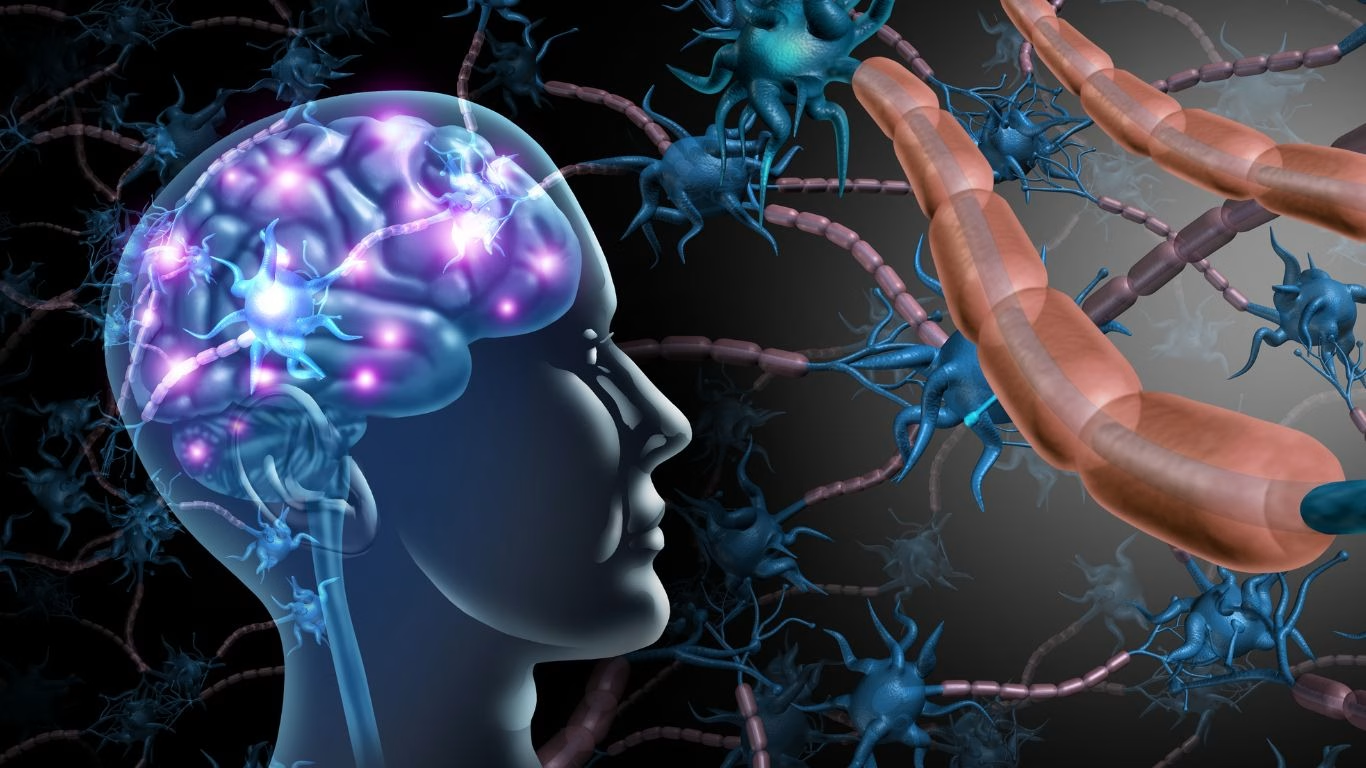Chronic pain is more than a physical sensation. It changes how we breathe, how we move, how we think, and ultimately, how we relate to our own bodies.
In recent years, more people are turning to integrative approaches that blend science with somatic wisdom. One of the gentlest and most promising is mindfulness-based movement – a practice that fuses awareness, breath, and gentle motion to support the body in healing from the inside out.
While it’s not a quick fix, mindfulness-based movement offers something many conventional treatments don’t: a chance to reconnect with your body, rather than override or numb it.
Let’s explore what this practice involves, and why the science suggests it may be an effective way to find pain relief without medication.
What Is Mindfulness-Based Movement?
Mindfulness-based movement is a somatic approach to healing that combines:
- Gentle, intentional movement
- Breath awareness
- Body scanning and interoception (noticing internal sensations)
- A non-judgemental, curious awareness of what arises
It draws on practices such as yoga, Feldenkrais, Qi Gong, and somatic therapy, while placing the emphasis not on “doing it right,” but on how it feels.
Instead of striving or pushing, the practice encourages slowing down. You’re invited to notice subtle changes, release tension, and restore nervous system balance through conscious movement and attention.
The Science Behind Movement and Pain
Pain isn’t just a signal from injured tissue. Chronic pain often involves changes in the brain and nervous system—including heightened sensitivity, fear of movement, and anticipatory stress. This is known as central sensitisation, where pain pathways become hypersensitive even in the absence of damage.
Mindfulness-based approaches help regulate this process. Research shows that both mindfulness meditation and movement-based mindfulness can:
- Reduce activity in the brain’s pain-processing centres (Zeidan et al., 2011)
- Decrease perceived pain intensity (Cherkin et al., 2016)
- Improve physical function and quality of life in people with conditions like back pain and fibromyalgia (Morone et al., 2008; Grossman et al., 2007)
- Lower stress reactivity, which can otherwise worsen pain (Brown & Jones, 2010)
In a 2016 randomised clinical trial published in JAMA, a mindfulness-based stress reduction (MBSR) program was found to be more effective than usual care for chronic low back pain, especially in improving function and reducing pain-related limitations (Cherkin et al., 2016).
Meanwhile, another meta-analysis in The Journal of Pain confirmed that mindfulness interventions significantly reduce pain severity and depression symptoms, with sustained benefits over time (Hilton et al., 2017).
This evidence supports what many practitioners and clients experience firsthand: when we bring awareness to the body, we interrupt pain-amplifying cycles and activate pathways that support regulation and recovery.
How Gentle Movement Supports the Nervous System
Mindfulness-based movement works by activating the parasympathetic nervous system- the part of the body responsible for rest, digestion, and repair. Gentle, rhythmic motion combined with slow breathing helps shift us out of “fight-or-flight” and into “rest-and-restore.”
It also engages parts of the brain associated with:
- Emotional regulation
- Body awareness (insula and somatosensory cortex)
- Self-referential processing (default mode network)
These neural pathways are key in retraining the body’s response to stress and pain. Through regular practice, many people report reduced muscle tension, fewer pain flare-ups, and a greater sense of bodily trust and control.
What It Looks Like in Practice
Mindfulness-based movement sessions typically include:
- Grounding through breath and body scanning
- Slow, repetitive motions that unwind tension (like rolling the spine, shoulder circles, or gentle rocking)
- Rest and integration, often lying or sitting in stillness
- Invitations to notice physical, emotional, and energetic shifts
No two sessions are exactly alike. And unlike many forms of exercise, this practice doesn’t require strength or stamina – only presence and curiosity.
Even a few minutes of slow, mindful movement can be enough to start calming the system and relieving tension.
Beyond Pain Relief: A Return to Wholeness
Pain can create separation—a disconnection from the body, from joy, and from a sense of safety. Mindfulness-based movement helps rebuild that bridge. It invites us to meet our bodies where they are, without judgement.
It doesn’t promise to eliminate all pain. But it offers a powerful possibility: that healing begins not with fixing the body, but with listening to it.
Over time, many people notice:
- Increased body awareness and control
- Less fear around movement
- Better sleep and emotional balance
- A renewed sense of agency over their health
In the words of neuroscientist Dr Norman Farb, mindfulness allows us to “shift out of narrative and into direct experience”—an essential step in interrupting pain loops and cultivating resilience.






